- Get link
- X
- Other Apps

Every year we see the emergence of a multitude of technological improvements, developments, breakthroughs that make - what can we curse - our life is better. And every year people keep trying to predict how these developments will change our future. But to predict the future is very difficult, almost impossible. Although people from the past managed to guess some things - for example, self-driving cars and developed communications - some of the predictions made by them did not come true.
Houses will cost $ 5,000 and stand only 25 years
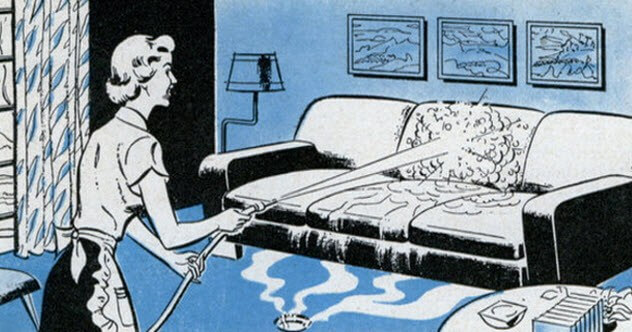
In 1950, Popular Mechanics published an article entitled “Miracles that you will see in the next 50 years.” The article suggested that building materials — wood, brick, stone — would become too expensive by the year 2000. Instead, houses will be built from metal, plastic sheets and carbonated clay.
By now, these houses should have been cheap (just $ 5,000) and weather resistant. Also, he was written for the family to stand only 25 years old, because there is no point in building houses that will stand for centuries.
Household appliances should have been minimal. For example, it was believed that the dishes would be placed in the sink and dissolved in superheated water at a temperature of 121 degrees Celsius. Plastic will be made from cheap raw materials: fruit pits, soybeans, straw and wood pulp. It was believed that sawdust and wood pulp will turn into sweet foods, and underwear - into candy.
A loaf of bread will cost $ 8

In 1982, in a book called The Universal Almanac of the Future, it was predicted that “by the year 2000, most Americans will experience new prosperity.” The rapid development of computers, genetic engineering, and the service sector should have led to changes in lifestyle and economic growth.
But the authors of the book also believed that prices for general food products would rise sharply. For example, a loaf of bread should have cost $ 8 (about 500 rubles), and a pound of coffee - $ 25 (1500 rubles).
It was also envisaged that the average salary will increase. In 2010, the secretaries had to pay $ 95,000 a year, and factory workers $ 200,000 a year ($ 95 or 6,000 rubles per hour). Of course, these forecasts related to America, but who could know the current geopolitical situation fifty years ago?
Russia and Alaska will be joined by a dam
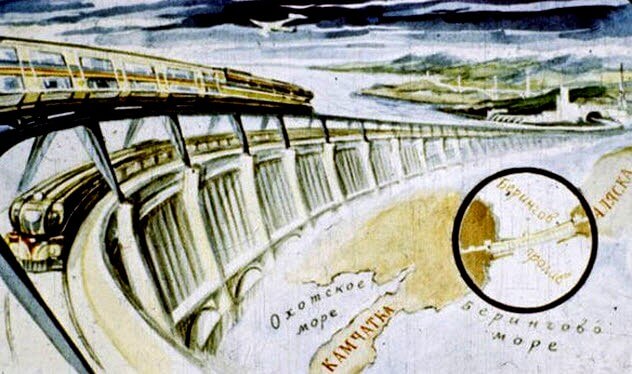
In 1960, the Soviet Union released a film called "In 2017". It described the day in the life of a boy named Igor and his adventures in futuristic Moscow. In the film, Russia is preparing to celebrate the 100-year revolution of 1917. The western “imperialists” are down, the rivers Yenisei and Ob flow into the Caspian Sea, not into the Arctic Ocean, and a dam connecting Russia with Alaska is built through the Bering Strait.
Subglacial cities were successfully built in the northern regions of the USSR, and the eternal spring makes the life of everyone joyful and fun. Heat is obtained from the depths of the Earth through underground channels made of heat-resistant steel, which goes directly into sources of eternal energy.
Underwater hotels for lovers of water sports

In 1964, Isaac Asimov, one of the most famous science fiction writers of the 20th century, visited the World Fair in New York. Inspired by this visit, he published an essay in The New York Times, telling how the world will look like in 50 years.
Azimov believed that in 2014 colonization of continental shelves would begin. Underwater hotels and apartments will become a popular accommodation option for those who love water sports. Underwater living will also encourage more efficient use of ocean, food and mineral resources.
Azimov still thought that suburban underground houses, protected from the weather, with good air conditioning and lighting, would be more common.
Plants are floating in space, and cancer is defeated
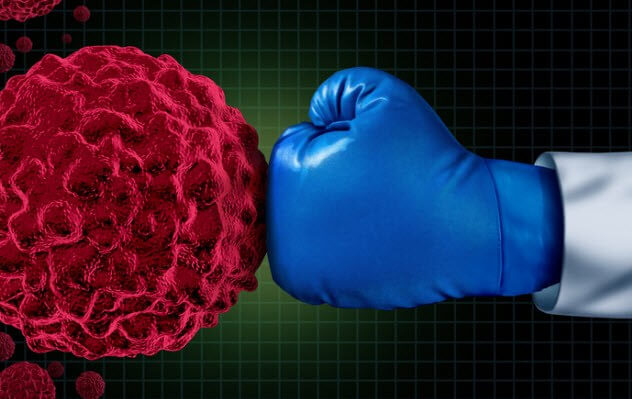
In 1983, the Agency for Science and Technology in Tokyo interviewed 2,000 experts on what life could be like if “all new technologies and innovations suddenly materialized as if by magic”. Some predictions were very accurate, for example, that ordinary homes would receive all kinds of information, thanks to the development of digital communication networks.
Other events have gone completely wrong. For example, experts predicted that factories and experimental laboratories would float in space as early as 2010, taking advantage of the absence of gravity and creating medicines, alloys, and other substances right in orbit.
Experts also believed that diseases such as cancer, brain apoplexy and heart disease would be defeated forever.
Nails and hammers will replace magic glue
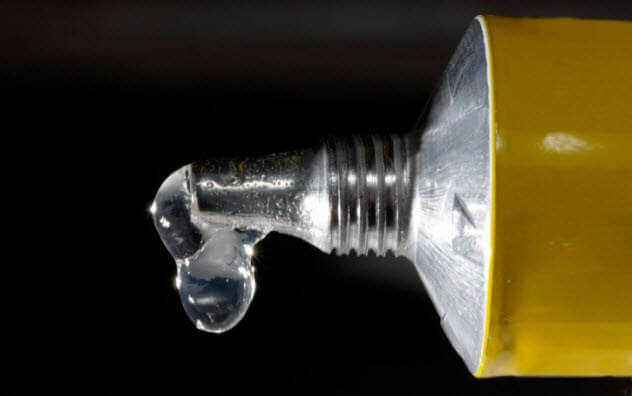
In 1960, The American Weekly magazine set out to describe how people represent life after 10 years. Their predictions for future homes were particularly cool, although completely incorrect.
People thought that the houses will acquire roofs that automatically change colors. These roofs on warm days will acquire lighter shades, and on cold days they will take on a dark color in order to keep warm inside the house.
It was also believed that nails and hammers would be replaced by superglue, but not the one we are used to today. A drop of this futuristic glue on the iron bar will allow you to withstand "a car with four passengers."
Mosquitoes and flies will die out
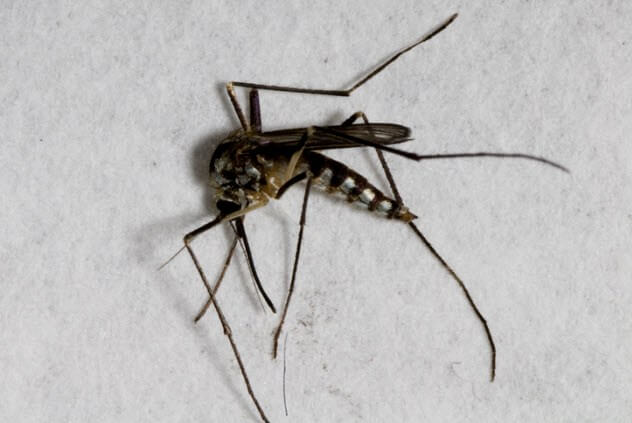
In 1900, Ladies Home magazine published an article by John Elfret Watkins, Jr. titled “What May Happen Over the Next 100 Years.” The article was eerily accurate in some predictions, such as mobile phones and ready meals, but not so accurate in others.
The article, for example, was mistaken that mosquitoes and flies would be virtually destroyed. Allegedly, the Ministry of Health of all countries will destroy all the refuge and spawning grounds of mosquitoes, drain all stagnant pools, fill all swamps and chemically treat all reservoirs.
Remarkably, the author also believed that everyone could walk 16 kilometers in a straight line and not wince. And who can not, will be considered a weakling.
Motorcycles will replace flying bikes
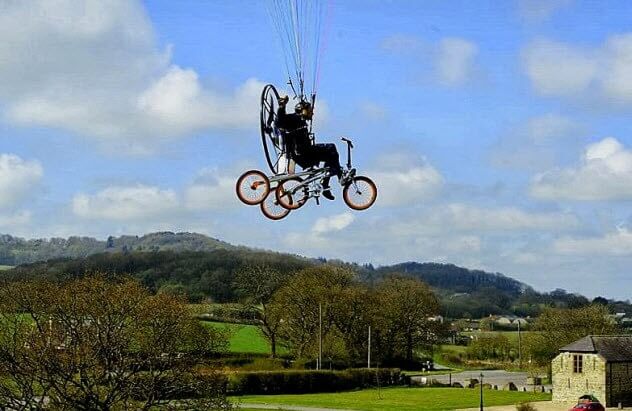
In 1909, The New York Times interviewed French occultist Henri Antoine Jules-Bois about his vision of the future. The “philosopher-prophet” predicted that motorcycles and cars would be forgotten in 100 years, and they would be replaced by flying bikes, allowing citizens to travel through the air.
Bois also believed that in cities no one would live at night. Cities will be associated only with the business. As a result, everyone will prefer to live in the countryside or in urban gardens. Bois believed that flying bikes, flying cars and pneumatic railways would eventually become so common that the question of time to move would be completely irrelevant when choosing a home.
Highways in desert regions will be air conditioned

In 1950, in one of the programs of the Disneyland series, they showed how transport and highways will change over time in America.
It was predicted that the multicolor trunk system would allow drivers to easily reach their destination by simply following the color bar. Heating will keep the road surface dry during rain, ice and snow. In the hot arid areas, the roads will be air-conditioned.
The tunnels will be created using atomic reactors that will apply heat to the mountains, instantly melting solid rock. Giant skating rinks will instantly turn rough ground into a wide, ready highway, instantly, and insurmountable barriers and rocks will be equipped with escalators.
Airfield-skyscrapers will carry passengers between cities
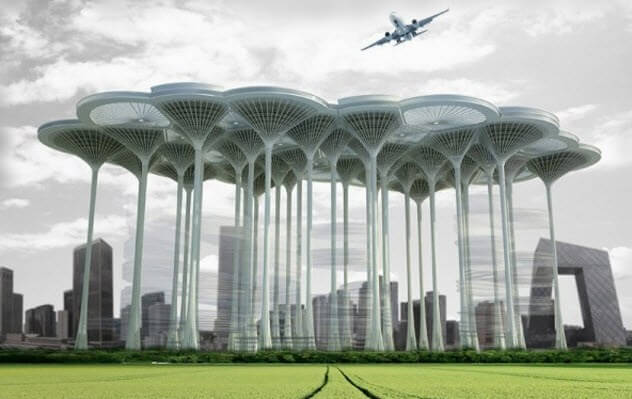
In the 1920s, some people believed that airfield skyscrapers would be an excellent way to carry passengers between cities. People imagined runways that stretched between several buildings or protruded from the edge of a skyscraper.
One architect was so inspired by this idea that he proposed to build a giant table with skyscrapers, legs and place the landing pad at the top. There were other suggestions. However, can you give them some more time?
The article is based on materials .
- Get link
- X
- Other Apps
Comments
Post a Comment